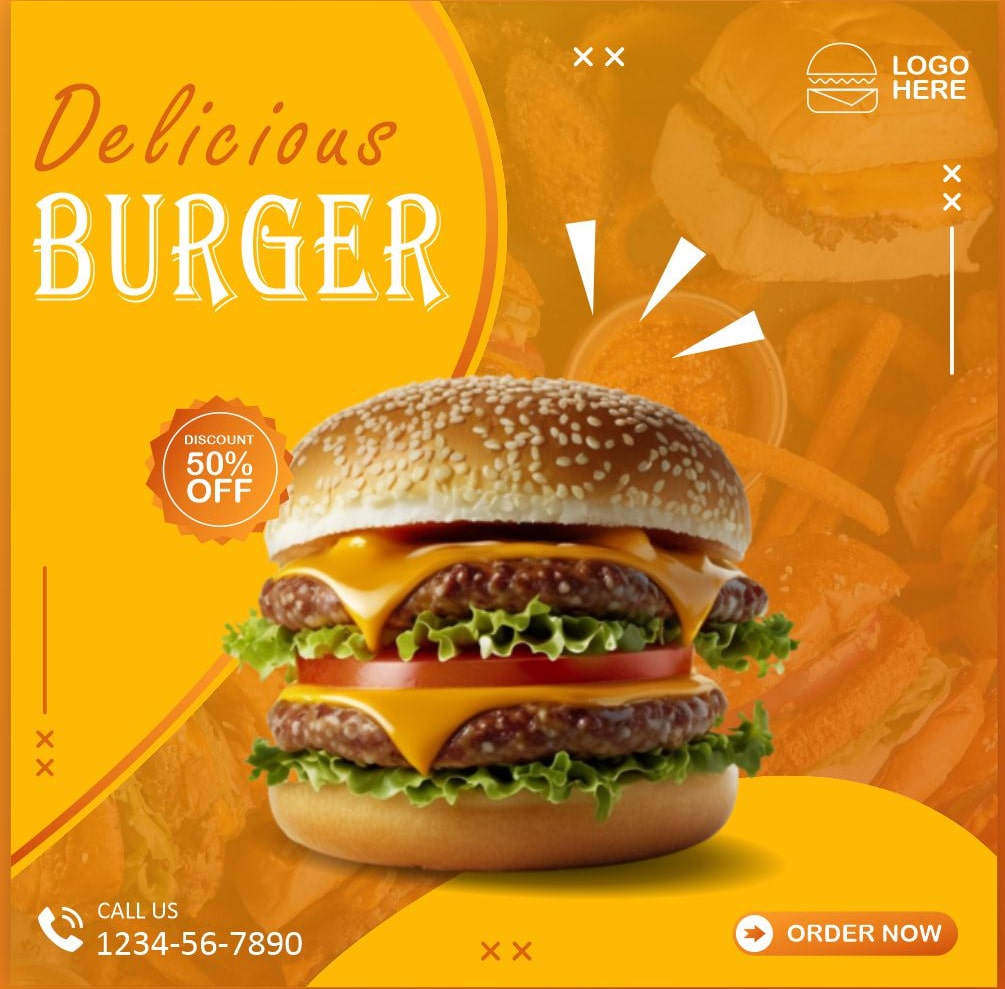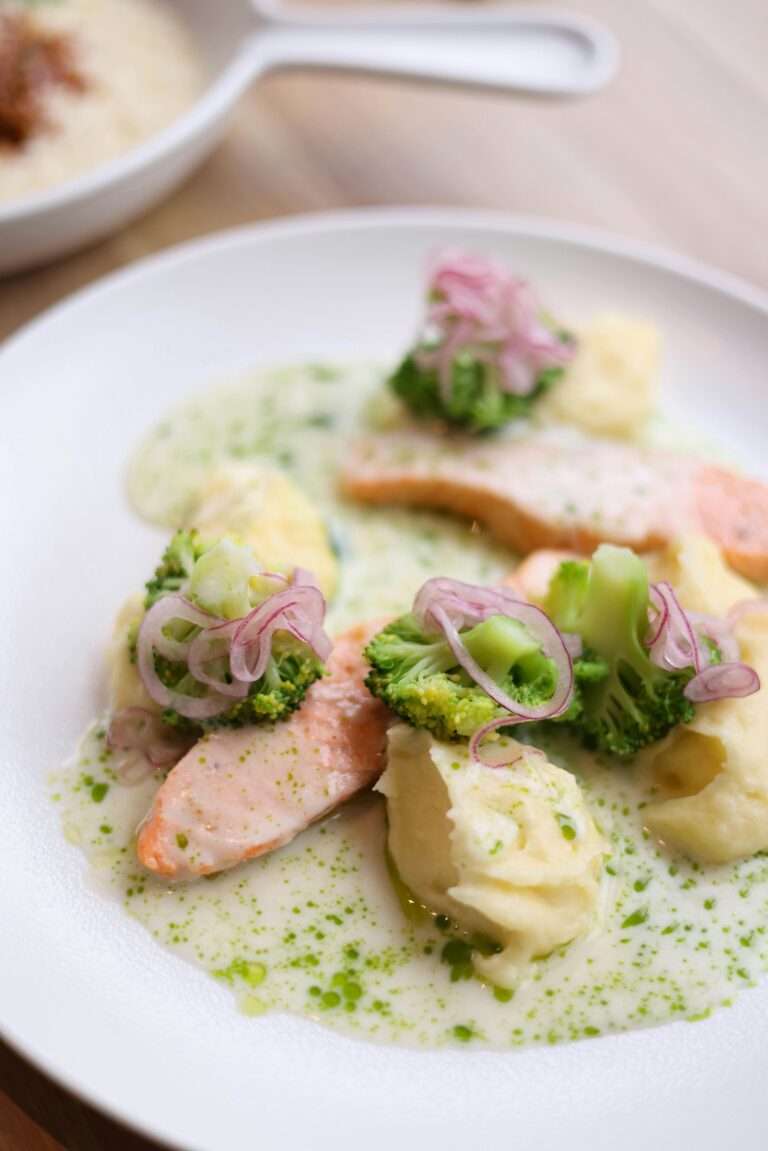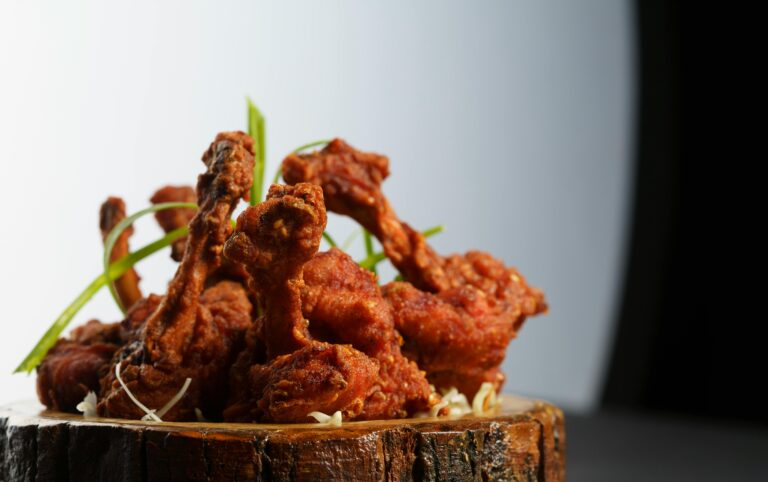Explore Best Destination
Discover our travel blog for inspiring stories, tips, and guides. From hidden gems to cultural experiences, we cover it all to fuel your wanderlust and help you plan unforgettable adventures!

Exploring Saudi Arabia’s Unique Cuisine: A Guide to Traditional and Modern Saudi Food
Saudi Arabia’s cuisine is a rich blend of traditional Arab flavors and influences from surrounding regions, offering a feast for the senses. From hearty rice-based dishes to flavorful meats, spices, and sweet treats, Saudi food reflects the Kingdom’s diverse culture and history. Here’s a guide to some of the must-try dishes and food experiences when visiting Saudi Arabia.
1. Kabsa – The National Dish of Saudi Arabia
Kabsa is perhaps the most famous and beloved dish in Saudi Arabia. A spiced rice dish typically served with lamb, chicken, or fish, Kabsa combines a variety of spices like cinnamon, black lime, and saffron. It is often accompanied by a salad or yogurt, making it a fulfilling and aromatic meal. This dish is served at almost every family gathering and festive occasion, symbolizing hospitality and tradition.
2. Mandi – A Traditional Bedouin Dish
Mandi is another popular rice dish, particularly in the southern regions of Saudi Arabia. Traditionally cooked in an underground pit, Mandi consists of rice, meat (usually lamb or chicken), and a blend of spices, with the meat slow-cooked to tender perfection. The smoky flavor and rich seasoning make Mandi a must-try dish for anyone visiting the Kingdom.
3. Jareesh – A Comforting Wheat Dish
Jareesh is a comforting dish made from crushed wheat, cooked with meat (often chicken or lamb) and flavored with aromatic spices. It’s a traditional dish enjoyed during cooler months, offering a warm, hearty, and savory taste. It’s a beloved meal across Saudi homes and is often served during special gatherings.
4. Shawarma – A Street Food Favorite
Shawarma, though popular throughout the Middle East, has become a favorite street food in Saudi Arabia. It consists of marinated meat (usually chicken, lamb, or beef) that’s cooked on a vertical rotisserie and served in flatbread with garlic sauce, pickles, and fresh vegetables. Shawarma is an ideal snack for travelers looking to enjoy a quick and delicious bite.
5. Sambusa – A Savory Snack
Sambusa (or Samosa) is a deep-fried pastry stuffed with a variety of fillings like minced meat, vegetables, or cheese. It’s a popular snack, especially during the holy month of Ramadan, where it’s often enjoyed as a starter before Iftar. These crispy treats are deliciously spiced and offer a satisfying bite.
6. Dates – The Sweet Staple of Saudi Arabia
Dates are a staple in Saudi Arabian cuisine and hold deep cultural significance. Saudi Arabia is one of the world’s largest producers of dates, and they are often consumed as a snack or dessert. Dates are rich in nutrients and are typically enjoyed with Arabic coffee (Gahwa), a symbol of Saudi hospitality. They are also incorporated into a variety of desserts like date cake and date-filled pastries.
7. Harees – A Traditional Dish for Special Occasions
Harees is a dish made from ground wheat and meat, typically cooked to a creamy consistency. It’s commonly prepared for special occasions and religious holidays, like Ramadan and Eid. The dish is simple but filling, reflecting Saudi culinary traditions of using minimal ingredients for maximum flavor.
8. Arabic Coffee (Gahwa) and Tea
No Saudi meal is complete without Arabic coffee, or Gahwa, which is often served with dates. The coffee is brewed with cardamom and saffron, giving it a fragrant and bold taste. In addition, Saudi tea, typically served in small glasses, is a popular beverage. It’s often flavored with herbs like mint or flavored with spices.
9. Baklava and Other Desserts
Saudi Arabia is known for its delicious sweets, and Baklava is a regional favorite. Layers of filo pastry are filled with nuts and sweetened with syrup, creating a perfect balance of textures and flavors. Other popular desserts include Kunafa (a sweet cheese pastry) and Basbousa (semolina cake soaked in syrup).
Conclusion:
Saudi Arabia’s cuisine offers a culinary adventure for every traveler, with its mix of traditional dishes and modern influences. From the savory delights of Kabsa and Mandi to the sweet, rich flavors of dates and Baklava, the Kingdom’s food culture is an integral part of its identity. Exploring Saudi food is not just a gastronomic experience, but a way to connect with the country’s heritage and hospitality. Whether you’re in Riyadh, Jeddah, or Mecca, make sure to indulge in the rich flavors that Saudi Arabia has to offer.
4o mini

Related Posts
Tag List
Adventure / Climbing / Hiking / Photography / Adventure / Tracking / Travel
Follow Us
- linked In
- google+
- YouTube








